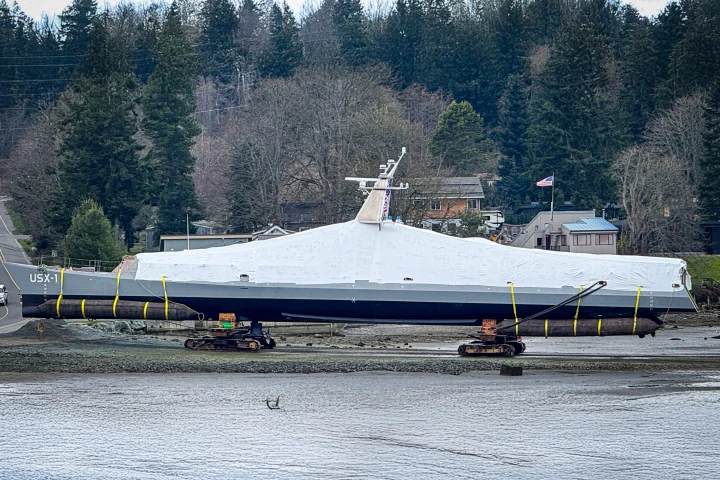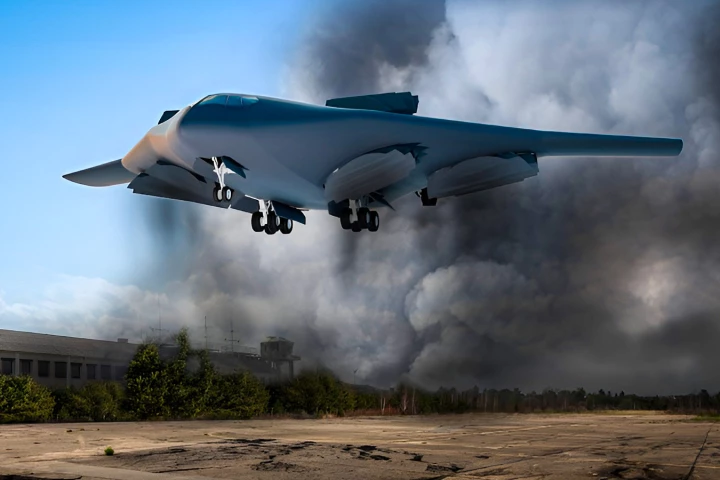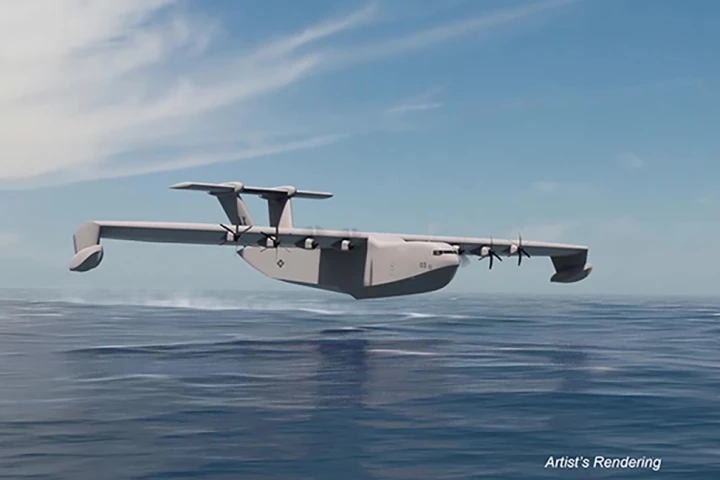DARPA
-
If you've been hoping for a long-range, low-cost, heavy-lift seaplane using Wing-In-Ground effect (WIG), you'll have to be patient because DARPA has confirmed that it has cancelled its US$98-million Liberty Lifter project.
-
In an effort to supercharge the development of military drones, DARPA will this year fast track flight testing of five advanced Unmanned Aerial Systems (UAS) prototypes as part of the agency's Early VTOL Aircraft Demonstration (EVADE) project.
-
Looking forward to a future where laser beams replace power lines, DAPRA's Persistent Optical Wireless Energy Relay (POWER) program has set new records for transmitting more power wirelessly over longer distances.
-
DARPA has launched a new prototype warship for the US Navy that not only won't need any sailors, it can't even accommodate them. The 180-ft (55-m), 240-tonne No Manning Required Ship (NOMARS) put to sea last month ahead of sea trials.
-
We got a glimpse at what a new cross between a helicopter and a jet aircraft might look like after Bell released a new image. It's of a model used in wind tunnel tests of its entry in DARPA's Speed and Runway Independent Technology (SPRINT) program.
-
Sometimes you see a vintage plane that makes you scratch your head. Case in point is the US Air Force's X-29 of the 1980s that looks like a fighter with the wings stuck on backwards. Was this a daft mistake or a great leap forward? Let's have a look.
-
Boeing subsidiary Aurora Flight Sciences is working on a high-speed VTOL military aircraft as part of DARPA's Speed & Runway Independent Technologies (SPRINT) program. Early ground effect testing has demonstrated its fan-in-wing vertical lift system.
-
Aurora Flight Sciences has released a new video of its revolutionary wing-in-ground-effect Liberty Lifter concept aircraft that it's developing for DARPA. The aircraft uses ground effect to lift heavy loads without the need for an airstrip or ship port.
-
Treating life-threatening bloodstream infections in combat situations is challenging, especially when the pathogen responsible is unknown. So, DARPA has called on Harvard’s Wyss Institute to use its groundbreaking biotech to fight this deadly threat.
-
Northrop Grumman has released a photo of the Series Hybrid Electric Propulsion AiRcraft Demonstration (SHEPARD) XRQ-73 stealth drone X-plane that it has built for DARPA and is expected to fly by the end of the year.
-
Looking like a miniature B-21 bomber, DARPA has shown off its new Series Hybrid Electric Propulsion AiRcraft Demonstration (SHEPARD) program aircraft. Called the XRQ-73, the long-range hybrid-electric drone is scheduled to fly by the end of the year.
-
Northrop Grumman has revealed more details on its robotic Manta Ray submersible in some new videos. These include a 4K 360° tour of the first test dive and a rundown on the project with images from never-before-seen angles.
Load More











